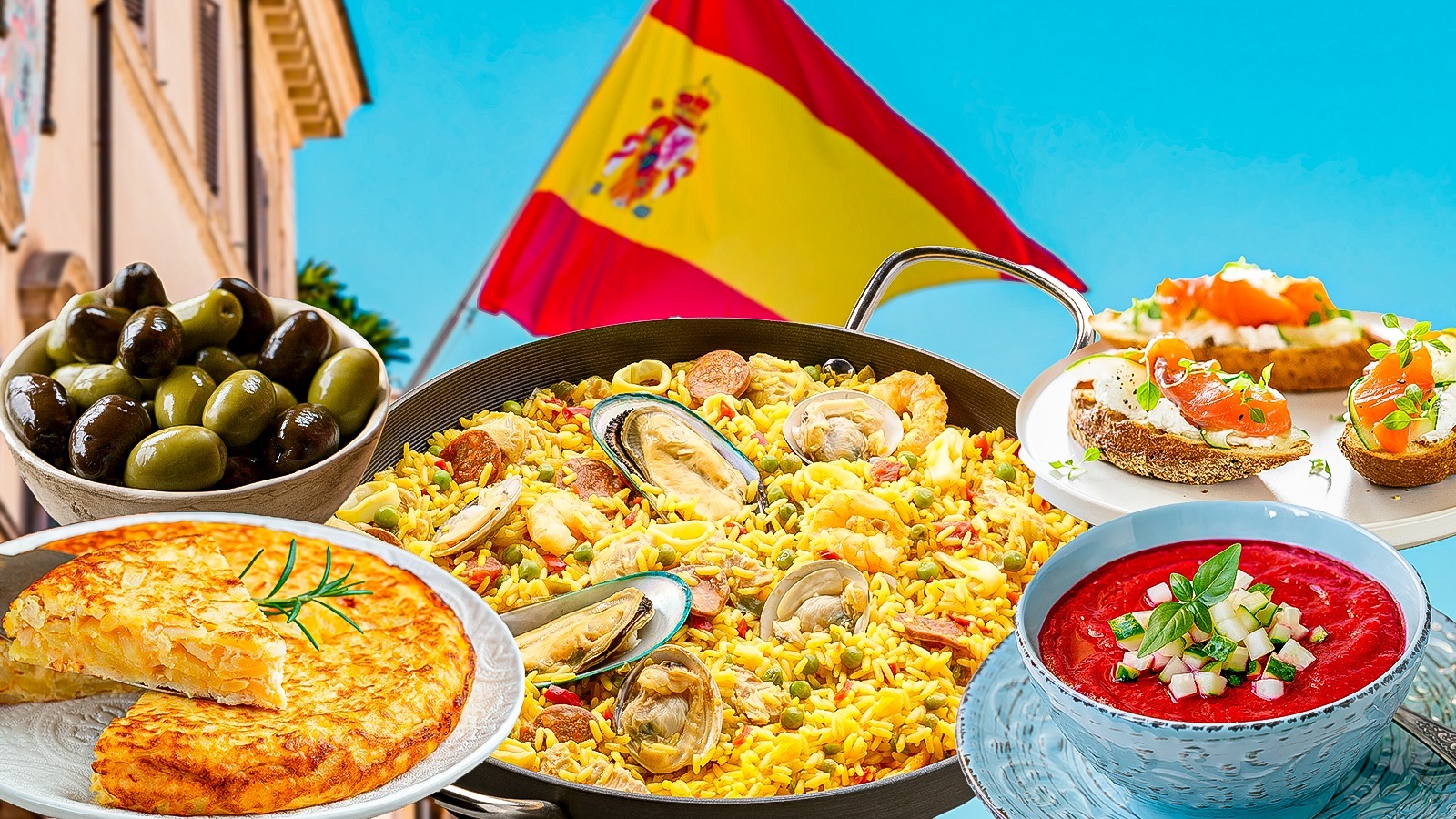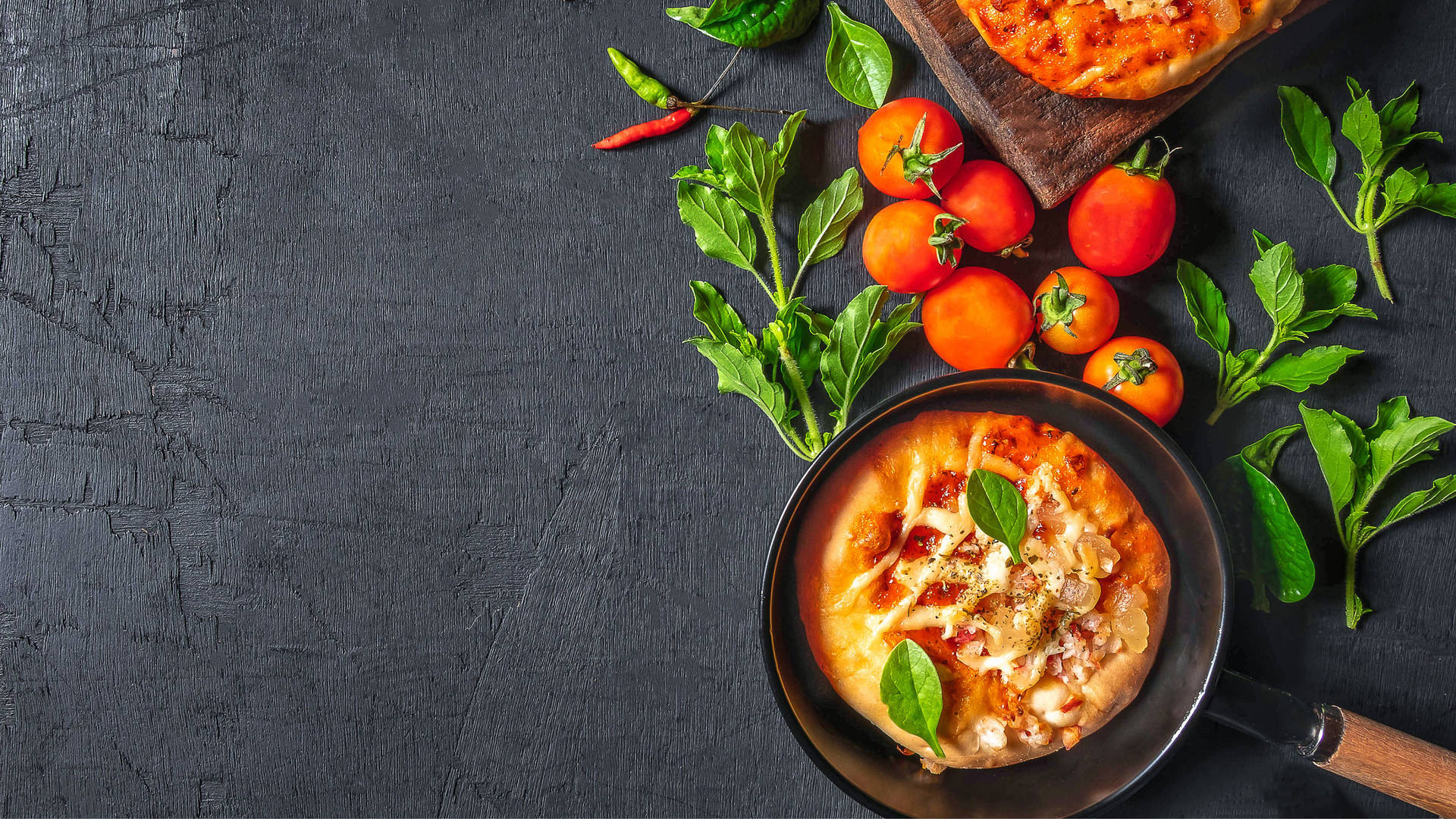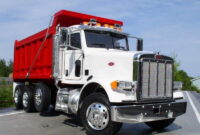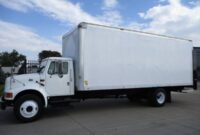Food Truck Serving Shelf: The Unsung Hero of Mobile Gastronomy pickup.truckstrend.com
In the vibrant, fast-paced world of mobile cuisine, every inch of a food truck is a critical piece of the operational puzzle. While the gleaming grills, robust fryers, and efficient prep stations often capture the spotlight, there’s one unassuming yet indispensable element that serves as the primary point of customer interaction and plays a crucial role in the overall success of the business: the Food Truck Serving Shelf. More than just a simple ledge, this carefully designed surface is the stage where culinary creations are presented, transactions occur, and customer satisfaction is forged. It’s the silent workhorse that bridges the gap between the bustling kitchen and the eager patron, defining convenience, professionalism, and hygiene in one seamless package. Understanding its multifaceted importance, from enhancing operational flow to elevating brand perception, is key for any food truck entrepreneur aiming for excellence.
The Anatomy and Purpose of a Food Truck Serving Shelf
Food Truck Serving Shelf: The Unsung Hero of Mobile Gastronomy
At its core, a food truck serving shelf is a counter or ledge typically positioned directly below the service window. Its primary function is to provide a stable, clean surface for the transfer of food, drinks, and payments. However, its utility extends far beyond this basic definition.
Materials and Design: Most serving shelves are constructed from durable, food-grade materials like stainless steel or aluminum, chosen for their non-porous nature, ease of cleaning, and resistance to corrosion – crucial factors for health compliance and longevity in an outdoor, food-handling environment. Design variations include:
- Fixed/Integrated Shelves: Permanently built into the truck’s structure, offering maximum stability and a seamless aesthetic.
- Fold-Out/Retractable Shelves: Designed to be folded down or slid away when the truck is in transit or not in operation, saving space and complying with road regulations. These often feature robust hinges and locking mechanisms.
- Custom Configurations: Some shelves incorporate features like integrated condiment holders, napkin dispensers, or even small cash register stands, optimizing the customer-facing experience.
The height, depth, and length of a serving shelf are meticulously planned to ensure comfortable access for customers, efficient handoffs for staff, and compliance with accessibility standards where applicable. A slight lip or edge is often included to prevent items from sliding off.

Key Benefits of an Optimized Food Truck Serving Shelf
Investing thought and resources into your food truck serving shelf yields significant returns across various operational and experiential domains.
1. Enhanced Customer Experience
The serving shelf is the customer’s first physical interaction point with your brand. A well-designed shelf provides a convenient surface for customers to place their bags, phones, or drinks while waiting for their order or making a payment. It creates a sense of order and professionalism, reducing awkward fumbling and enhancing the perceived quality of service. It also offers a clear, hygienic barrier between the food preparation area and the public.
2. Operational Efficiency

For food truck staff, the serving shelf is a critical part of the workflow. It facilitates a smooth, swift handoff of orders, minimizing bottlenecks during peak hours. This dedicated space allows staff to organize orders, add last-minute garnishes, or prepare condiments without reaching into the main prep area, thereby streamlining the service process and improving speed.
3. Hygiene and Health Compliance
Health departments have stringent requirements for food service operations. A serving shelf made from non-porous, easily cleanable materials (like stainless steel) is essential for maintaining hygiene standards. It acts as a protective barrier, preventing direct contact between customers and the food preparation area, reducing the risk of contamination, and making daily cleaning and sanitation routines straightforward.
4. Branding and Aesthetics
Beyond its functional utility, the serving shelf offers an opportunity for branding. While the primary material might be stainless steel, a durable, custom-branded decal or a cleverly designed surface can reinforce your truck’s identity. A clean, well-maintained shelf speaks volumes about your attention to detail and commitment to quality, contributing positively to your brand image.

5. Safety and Stability
A sturdy serving shelf provides a safe platform for hot food containers, drinks, and other items. It reduces the risk of spills, accidental drops, and potential burns for both customers and staff, ensuring a safer transaction environment.
Designing and Installing Your Food Truck Serving Shelf: A How-To Guide
Creating the ideal serving shelf involves careful planning, material selection, and precise installation.
1. Planning and Measurements
Begin by accurately measuring your service window dimensions (width and height). Consider the typical height of your customers and staff to ensure ergonomic comfort. Determine the desired depth of the shelf – deep enough for a standard plate or multiple drinks, but not so deep as to impede customer access or truck mobility (for fold-out designs). Sketch out different configurations, considering if you need space for condiments, POS systems, or branding.
2. Material Selection
- Stainless Steel (Most Common): Highly durable, corrosion-resistant, easy to clean, and meets most health codes. Available in various gauges (thicknesses); a thicker gauge offers more rigidity.
- Aluminum: Lighter than stainless steel, also corrosion-resistant, but generally less durable for heavy impacts. Good for weight-sensitive builds.
- Wood/Composite (for aesthetic overlay): Can be used as a non-contact, decorative overlay on a stainless steel base to achieve a specific aesthetic (e.g., rustic, modern), but must be easily removable for cleaning and not directly in contact with food.
3. Dimensions and Ergonomics
- Height: Typically aligns with the bottom of the service window, usually around 36-42 inches from the ground, comfortable for standing customers.
- Depth: 12-18 inches is a common range, providing ample space without being cumbersome.
- Length: Should match or slightly exceed the width of your service window.
4. Mounting and Integration
For fixed shelves, welding directly to the truck’s frame or using heavy-duty bolts and brackets through the truck wall are common secure methods. For fold-out shelves, robust, marine-grade stainless steel hinges and reliable locking mechanisms are crucial. Ensure the shelf is level and can support expected weight (customers leaning on it, multiple orders). Seamless integration with the service window trim will prevent gaps where dirt or water can accumulate.
5. Customization
Consider integrating features like cut-outs for condiment wells, recessed cup holders, or mounting points for card readers. LED strip lighting underneath the shelf can illuminate the transaction area during evening operations, enhancing visibility and adding an appealing glow.
Important Considerations & Best Practices
- Durability and Maintenance: Regular cleaning with appropriate sanitizers is vital. Choose materials that resist scratching and corrosion to maintain a professional appearance.
- Weather Resistance: Since it’s exposed to the elements, ensure all materials, including hinges and fasteners, are weather-proof.
- Security for Mobile Shelves: If using a fold-out shelf, ensure it can be securely latched or stowed during transit to prevent damage or accidents.
- Accessibility: While full ADA compliance can be challenging for food trucks due to their mobile nature, consider the general ease of access for all customers.
- Local Regulations: Always consult local health department regulations and city ordinances regarding serving shelf design, materials, and placement. Some jurisdictions may have specific requirements for dimensions or features.
Challenges and Solutions
- Limited Space: Food trucks are inherently compact. Fold-out or retractable shelves are excellent solutions to maximize space when not operating or during transit.
- Cleaning Difficulties: Intricate designs with many crevices can be hard to clean. Opt for smooth, seamless designs and materials that are easily wiped down.
- Damage from Wear and Tear: The serving shelf experiences constant use. Choose high-gauge materials and reinforce mounting points to withstand daily abuse.
- Cost vs. Quality: While it’s tempting to cut costs, a cheap, flimsy shelf can detract from your brand and cause operational headaches. Balance budget with the long-term benefits of a quality build.
Food Truck Serving Shelf: Price Guide
The cost of a food truck serving shelf can vary significantly based on material, size, design complexity, and whether it’s part of a custom build or an aftermarket addition. The table below provides estimated price ranges for common configurations.
| Item/Service | Description | Estimated Price Range (USD) | Notes / Factors Affecting Price |
|---|---|---|---|
| Basic Fixed Stainless Steel Shelf | Simple, flat stainless steel counter, welded or bolted directly to truck exterior. | $250 – $700 | Size, stainless steel gauge (thickness), finish (brushed, polished), labor for fabrication/installation. |
| Basic Fold-Out Stainless Steel Shelf | Stainless steel shelf with heavy-duty hinges and locking mechanism for stowing. | $400 – $1,200 | Size, hinge quality, locking mechanism type, material thickness, complexity of folding mechanism. |
| Custom Integrated Shelf | Bespoke design, often seamless with truck body, may include unique cut-outs or features. | $800 – $2,500+ | Design complexity, custom fabrication, additional features (lights, condiment holders), integration labor. |
| Aluminum Serving Shelf | Lighter alternative to stainless steel, suitable where weight is a critical factor. | $200 – $600 | Size, aluminum gauge, finish, fabrication complexity. |
| Installation Services (Aftermarket) | Labor cost for professional installation of a pre-fabricated shelf onto an existing truck. | $150 – $400 | Geographic location, complexity of installation, necessary modifications to the truck. |
| Integrated Features (Add-ons) | Condiment holders, LED lighting, recessed cup holders, small POS platform cut-out. | $50 – $300+ (per feature) | Material, design, wiring (for LED), complexity of integration. |
| Branding/Decal Application (to shelf) | High-quality vinyl decal or etched branding applied directly to the serving shelf surface. | $50 – $200 | Size, complexity of design, material quality, application labor. |
Note: Prices are estimates and can vary based on supplier, region, specific customization, and market fluctuations. Always get multiple quotes.
Frequently Asked Questions (FAQ) about Food Truck Serving Shelves
Q1: What is the ideal height for a food truck serving shelf?
A1: The ideal height is typically around 36-42 inches (91-107 cm) from the ground. This height is comfortable for most standing adults to interact with and provides an ergonomic reach for staff inside the truck.
Q2: What materials are best for a food truck serving shelf?
A2: Stainless steel is overwhelmingly considered the best material due to its durability, hygiene, ease of cleaning, and resistance to corrosion and rust. Aluminum is a lighter alternative, while wood or composite materials are generally only used as decorative, non-food-contact overlays.
Q3: How do I clean my food truck serving shelf effectively?
A3: For stainless steel or aluminum, use warm soapy water and a soft cloth for daily cleaning. For sanitization, use a food-safe sanitizer solution and allow it to air dry. Avoid abrasive cleaners or scouring pads that can scratch the surface.
Q4: Are there specific health code requirements for serving shelves?
A4: Yes, most health departments require serving shelves to be made of smooth, non-porous, easily cleanable, and corrosion-resistant materials. They must also be kept clean and in good repair to prevent contamination. Always check with your local health department for specific regulations in your area.
Q5: Can I add a serving shelf to an existing food truck?
A5: Absolutely. Many food truck owners add or upgrade their serving shelves as an aftermarket modification. This often involves careful measurement, choosing between fixed or fold-out designs, and professional installation to ensure stability and compliance.
Q6: How important is the serving shelf for customer experience?
A6: The serving shelf is extremely important for customer experience. It’s the primary physical point of interaction, providing convenience, a sense of professionalism, and a hygienic barrier. A well-designed shelf contributes significantly to customer satisfaction and repeat business.
Q7: What’s the main difference between a fixed and a fold-out serving shelf?
A7: A fixed serving shelf is permanently attached and does not move, offering maximum stability and a seamless look. A fold-out (or retractable) serving shelf can be folded down or slid away when not in use, which is beneficial for saving space, complying with road regulations during transit, or securing the truck overnight.
Conclusion
The food truck serving shelf, though often overlooked, is a linchpin in the mobile culinary operation. It’s not merely a surface for transactions but a strategically vital component that impacts customer satisfaction, operational efficiency, hygiene standards, and overall brand perception. From its robust construction to its thoughtful integration, every aspect of the serving shelf contributes to the seamless dance between kitchen and customer. By understanding its importance, selecting appropriate materials, and designing with both functionality and aesthetics in mind, food truck entrepreneurs can ensure this unsung hero continues to play its crucial role in delivering delightful dining experiences on the go. Investing in a quality serving shelf is an investment in the smooth operation and enduring success of your mobile gastronomy dream.



